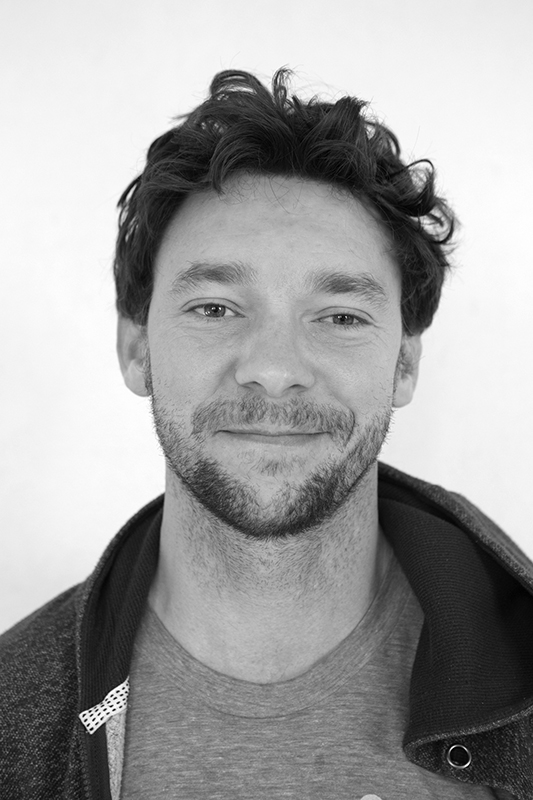I am currently a computational research scientist at Form Bio, a spin-off of Colossol Biosciences, where I am working on various bioinformatics problems related to genomic editing. I’ve recently worked at HRL laboratories in the Center for Human Machine Collaboration where I investigated various aspects of applied machine learning. I got PhD from the Computational Cognitive Neuroscience Lab at the University Colorado Boulder with Randy O’Reilly, and before that I did my undergraduate at the University of Minnesota in Minneapolis where I studied Physics, and got involved in computational modeling with Chad Marsolek. I also spent a few years at New York University with Lila Davachi using fMRI to explore the neurobiology of episodic memory. Right now I’m mostly taking all this cognitive neuroscience experience and extending it to modern methods in artificial intelligence research, namely developing machine learning methods and architectures to support neural mechanisms similar to those seen in human learning and memory.
Find out more through my publications, CV, or more generally in my resume.
Research Interests
In general I’ve found success in the role of an applied scientist developing machine learning solutions to advanced research problems. My interests include understanding and developing intelligent systems (human and artificial); analysis and visualization of complex, high-dimensional data; quantitative approaches to art, music and aesthetics. I have extensive experience in academic and industrial approaches to research, product development and human studies.
I started my research career working to understand different learning and memory systems and how they can be related to underlying neurobiology. This got me interested in several research domains including psychology, neuroscience, and cognitive science including memory, semantics, perception, cognitive control, decision making and reinforcement learning. This started a chain of many interesting research projects and learning opportunties related to these various topics.
I’ve previously applied these research interests to the domain of lifelong machine learning. Here autonomous systems are expected to continue to accumulate knowledge beyond a single dataset or task. My work focused on using neural network models to generate samples of previous experiences to preserve a reinforcement learning system’s performance while also allowing it to continue to learn new tasks. Most recently I’ve been exploring applications in computational bioinformatics in the service of species de-extinction and optimizing approaches to cell and gene therapy. Specifically, I’m developing methods for understanding cross-species genome and protein engineering, regulatory genomics, and viral packaging of transgene DNA.
